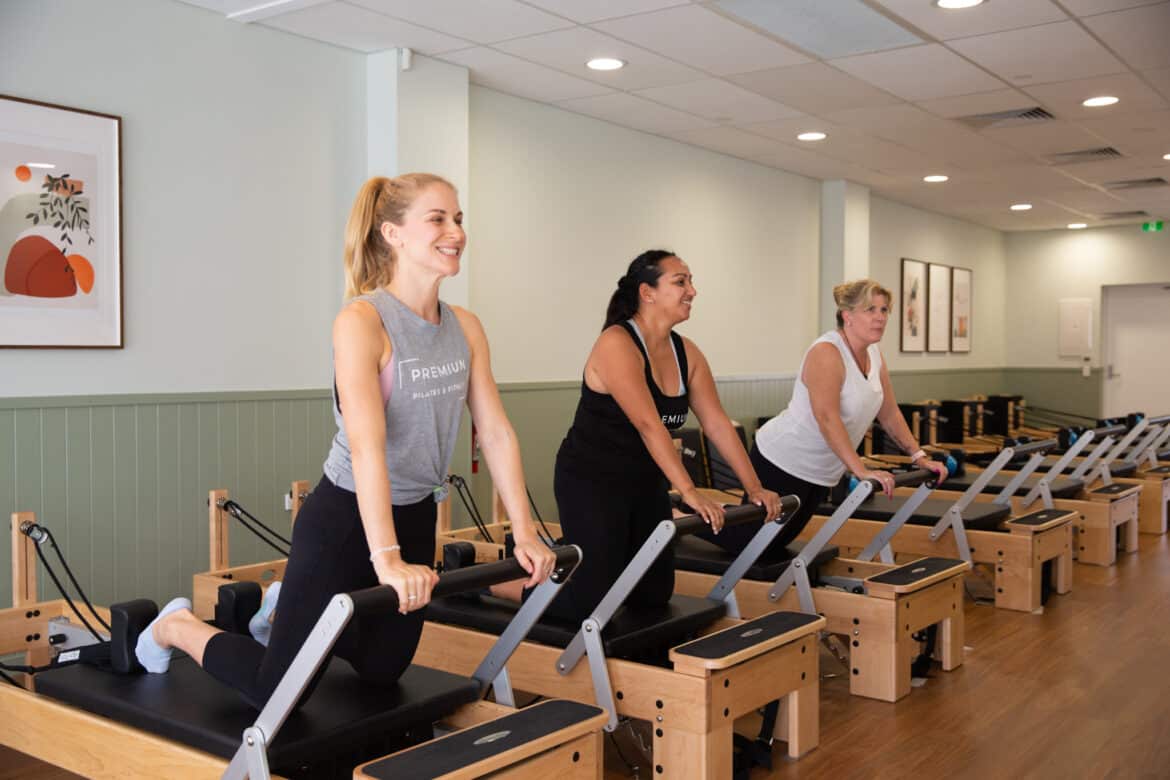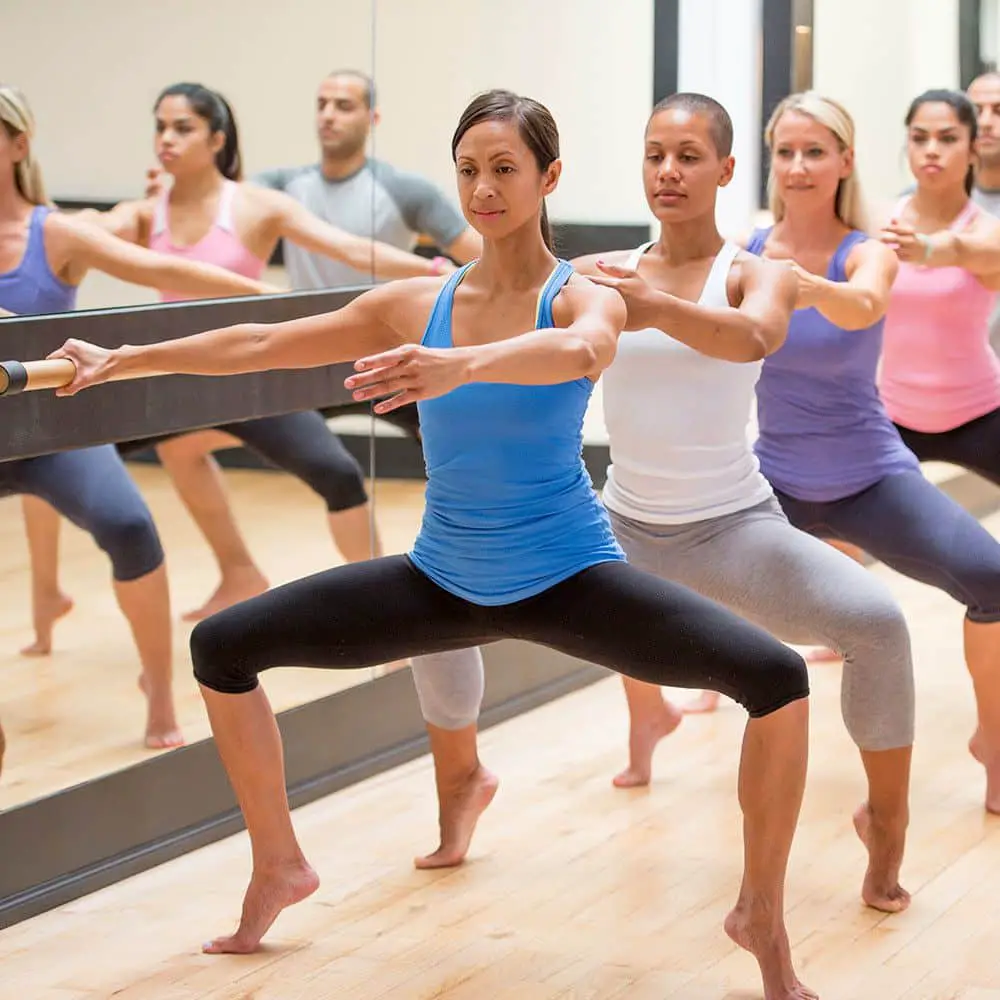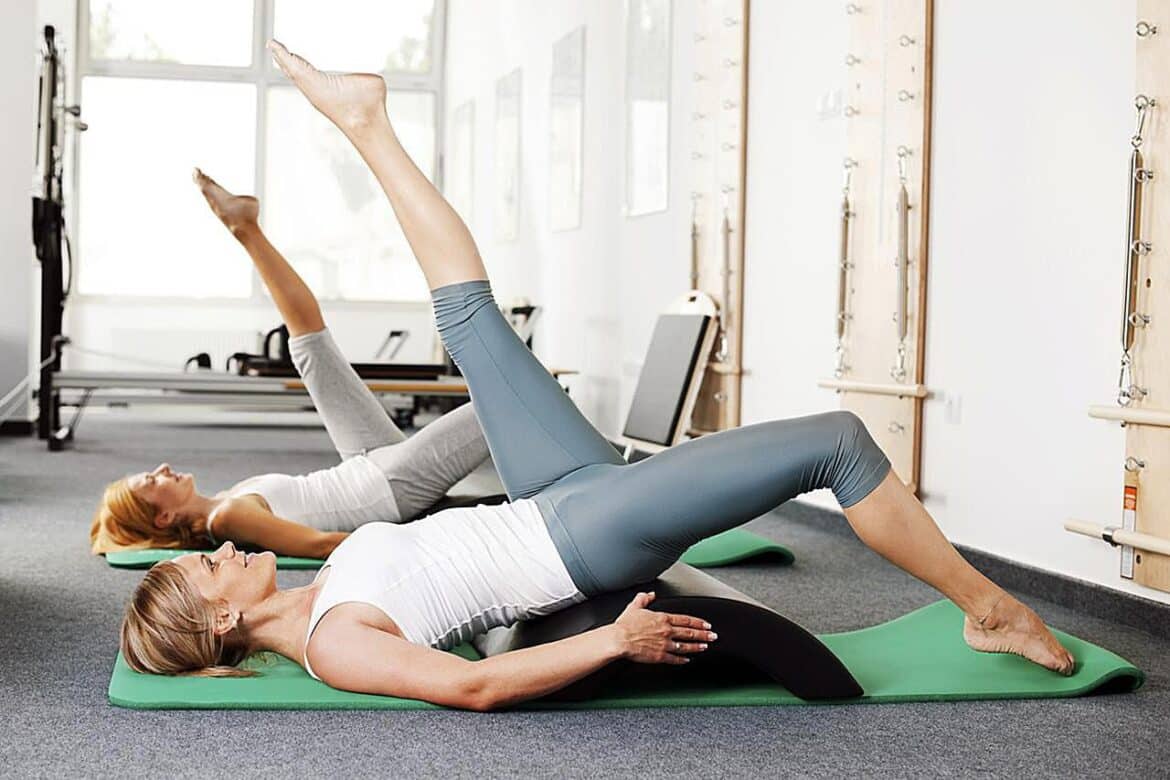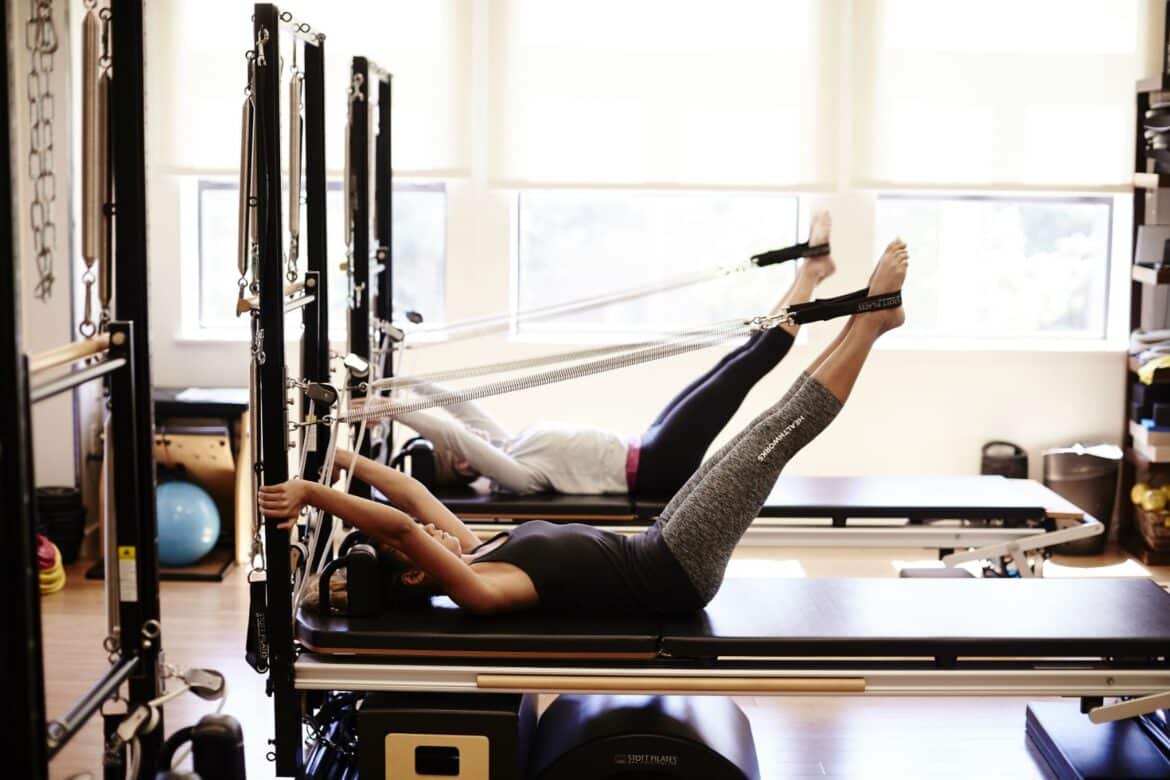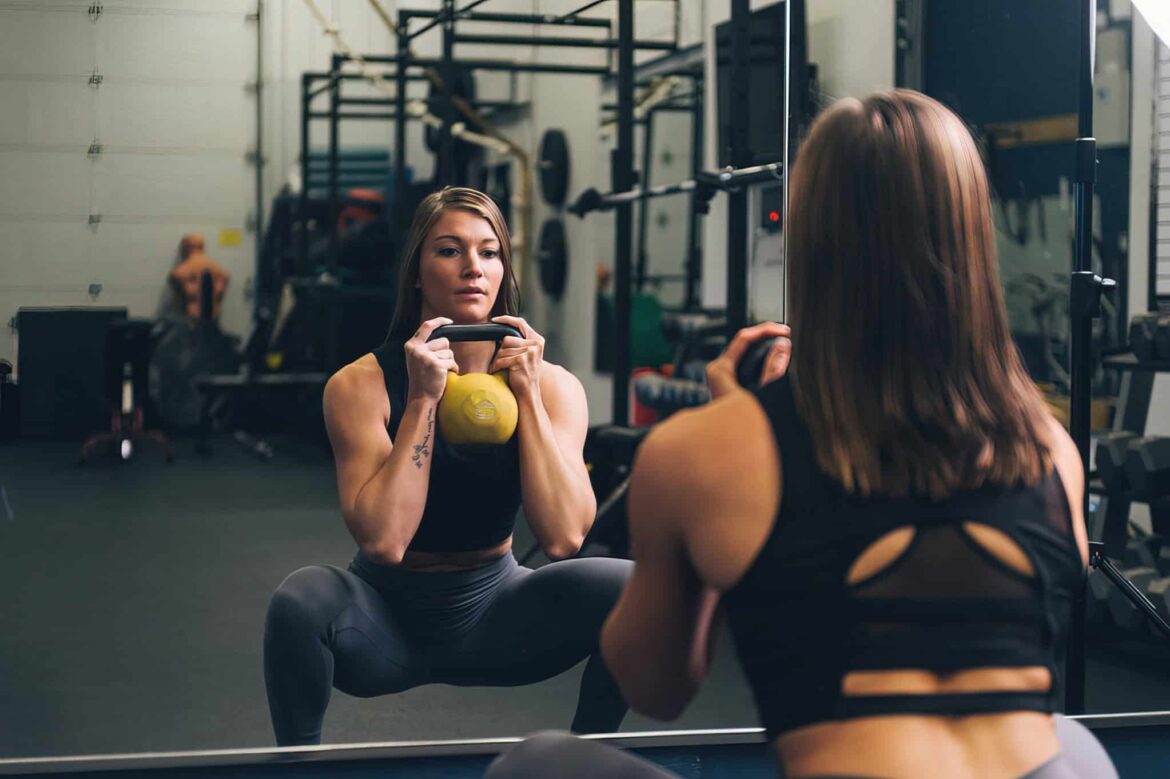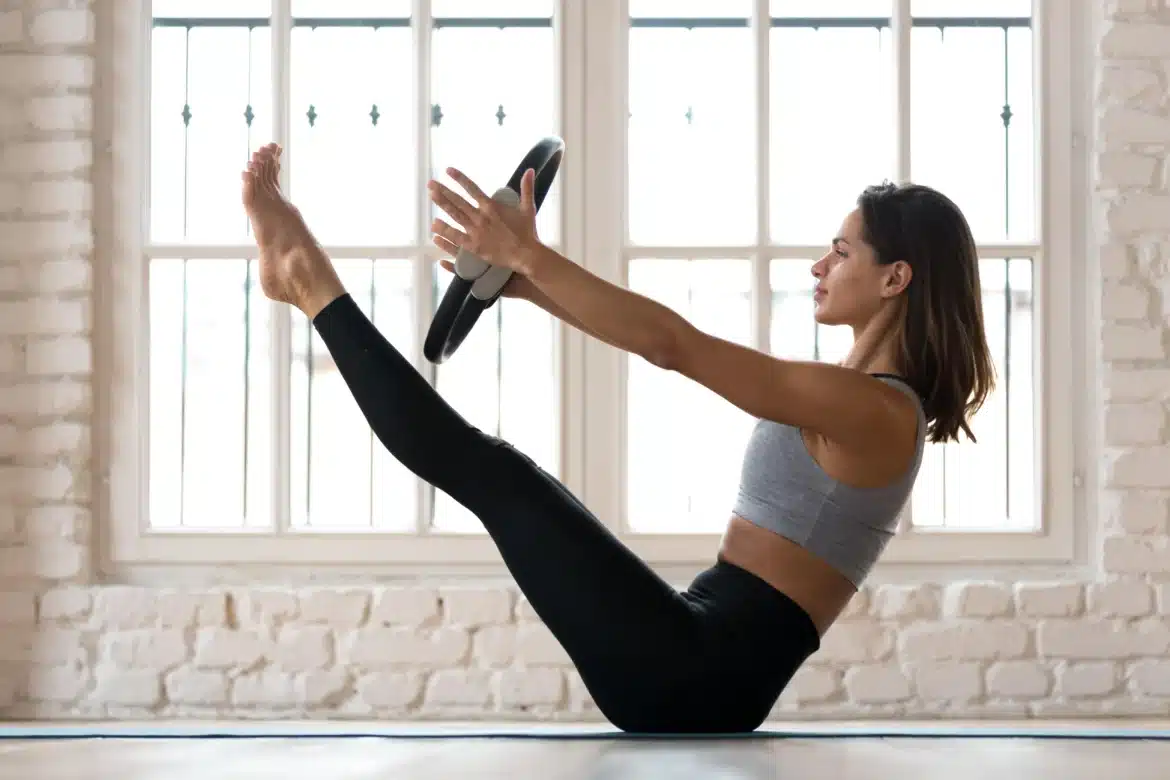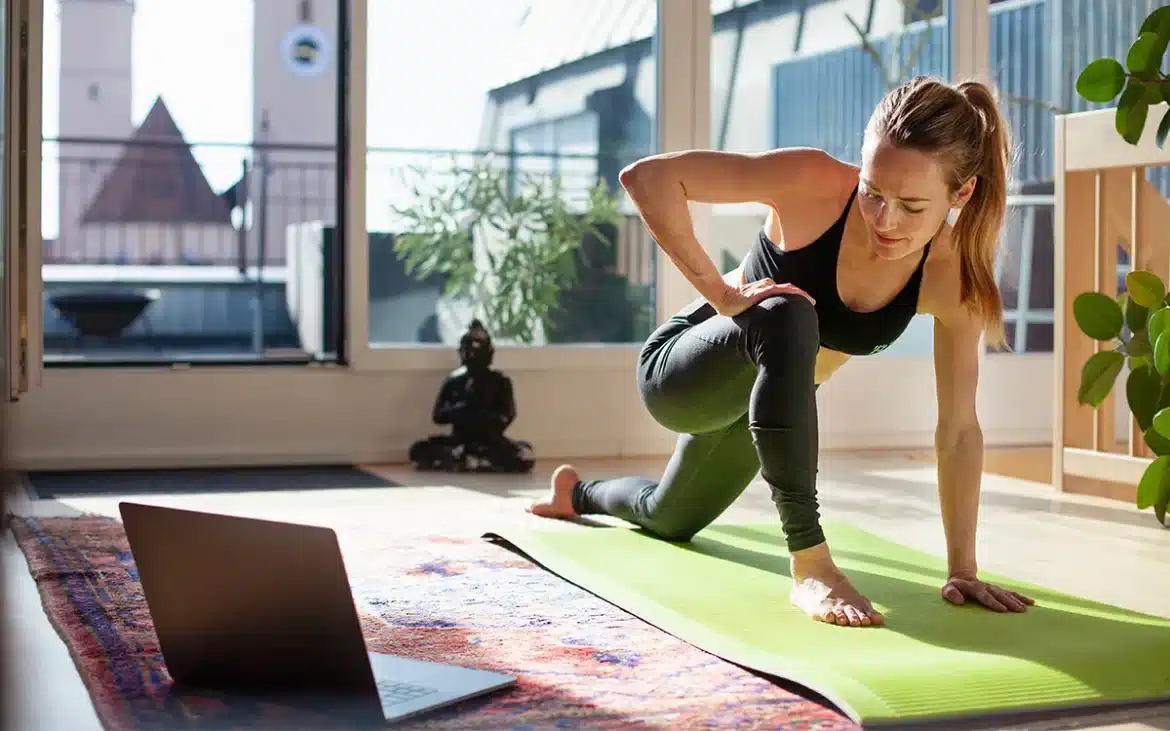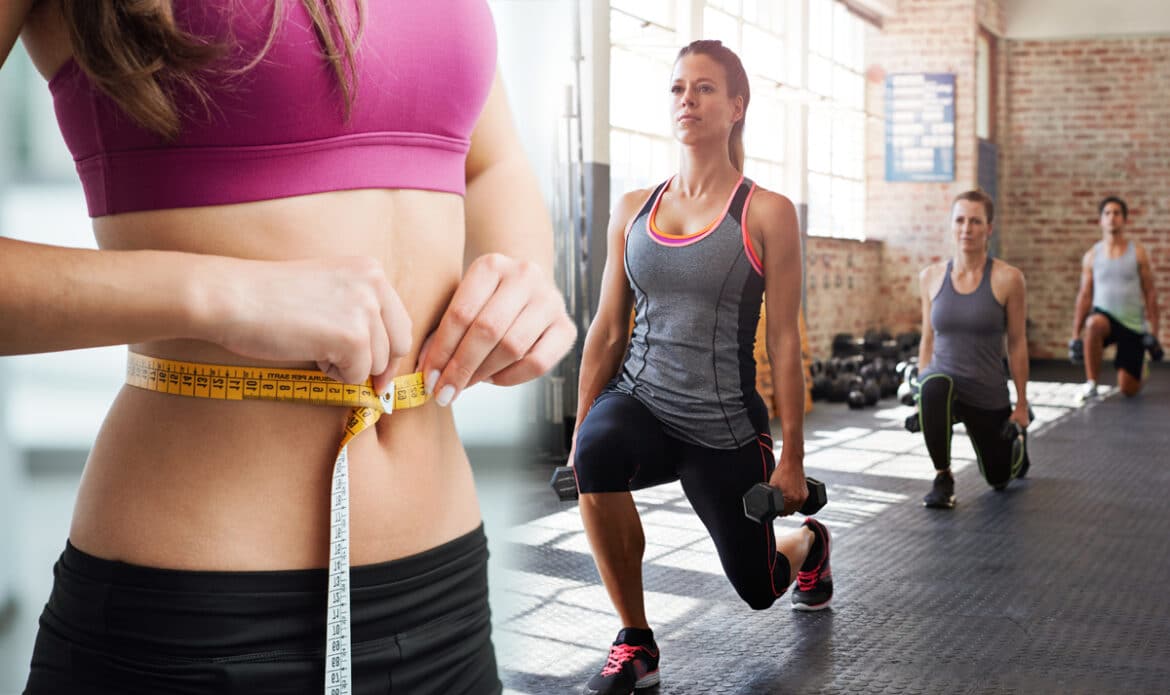Introduction How Long Should A Pilates Session Last: A standard Pilates session typically lasts anywhere from 45 minutes to an hour. This duration allows for a comprehensive workout that targets various muscle groups while focusing on proper alignment and controlled movements. For many practitioners, this timeframe strikes a balance between achieving the desired results and maintaining concentration and precision throughout the session. However, the duration of a Pilates session can be adjusted to suit individual needs and preferences. Shorter sessions of 30 minutes can be effective for those with busy schedules or beginners who are just starting to explore the Pilates method. On the other hand, more experienced individuals or those with specific fitness goals may benefit from longer sessions lasting up to 90 minutes, which can incorporate a broader range of exercises and variations. Note that the effectiveness of a Pilates session is not solely determined by its duration. Quality over quantity is a fundamental principle in Pilates. Concentration, control, and proper technique are key elements that should be prioritized over the length of the session. In fact, a …
Fitness Workouts
Introduction Is Barre The Same As Pilates: Pilates, developed by Joseph Pilates in the early 20th century, is a holistic exercise system designed to enhance physical strength, flexibility, and mental well-being. Rooted in the concept of mind-body connection, Pilates emphasizes controlled, precise movements that target the deep muscles of the core, also known as the “powerhouse.” These exercises aim to improve posture, alignment, and balance while fostering a sense of mindfulness and body awareness. On the other hand, Barre is a relatively newer fitness trend that emerged in the latter half of the 20th century. Inspired by ballet, Barre combines elements of dance, strength training, and isometric movements. The name “Barre” is derived from the ballet barre, a horizontal handrail used in ballet training, which participants use for stability during exercises. Barre classes typically involve small, repetitive movements performed at the barre or on a mat, often incorporating props like light weights and resistance bands. The primary goal of Barre is to sculpt lean muscles, improve flexibility, and enhance overall body tone. While both Barre and Pilates engage the core …
Introduction Is It Bad To Do Pilates Everyday: To address this query effectively, it’s essential to understand both the benefits and potential drawbacks of daily Pilates practice. First and foremost, Pilates offers an array of advantages. It promotes improved posture, enhanced flexibility, and increased core strength, which can alleviate back pain and contribute to better overall stability. Additionally, Pilates fosters mindfulness, encouraging individuals to connect with their bodies, reduce stress, and enhance body awareness. Given these benefits, it’s tempting to think that practicing Pilates daily might be ideal. Moderation and individualization are key when considering daily Pilates workouts. For beginners or those unaccustomed to regular physical activity, diving headfirst into daily sessions might lead to overexertion, muscle strain, or injury. Even seasoned practitioners can risk burnout or plateauing in their progress if they don’t allow their bodies time to recover and adapt. The suitability of daily Pilates depends on various factors, including one’s fitness level, goals, and the intensity and duration of each session. While some individuals may thrive on daily practice, others may find that three to five times …
Introduction Is Pilates Demonic: It is essential to clarify that Pilates, as a form of physical fitness, has no inherent connection to demonic practices or the supernatural. Joseph Pilates, a German-born fitness enthusiast, developed this exercise system in the aftermath of World War I to rehabilitate injured soldiers. His methodology draws heavily from concepts of controlled breathing, mindful movement, and core strengthening, all of which contribute to improved physical health and mental well-being. The misconceptions surrounding the supposed demonic nature of Pilates often stem from a misunderstanding of its terminology and symbolism. Some critics point to terms like “the hundred,” “the devil’s stretch,” or “the corkscrew” as evidence of sinister undertones. However, these names are merely descriptors used to convey the essence of each exercise and hold no occult significance. The Pilates practice encourages mindfulness and a mind-body connection, which can be misinterpreted by some as a spiritual or mystical aspect. In reality, this focus on the mind-body connection is grounded in the principles of anatomy, physiology, and biomechanics. Is there a spiritual side to Pilates? Pilates is well known …
Introduction Is Pilates Weight Bearing: Pilates may not appear to be a conventional weight-bearing exercise like weightlifting or running. Pilates workouts typically involve a series of low-impact movements that emphasize controlled, precise, and fluid motions. These exercises are often performed on specialized equipment such as the reformer or the Cadillac, or simply on a mat. Unlike activities where your body is lifting external weights or experiencing the jarring impact of high-intensity cardio, Pilates seems gentler and less demanding. The devil is in the details, and this holds true for Pilates as well. The key to understanding Pilates as a weight-bearing exercise lies in comprehending its underlying principles. Central to Pilates is the concept of “core engagement” or the activation of the deep abdominal muscles, which, in turn, supports the spine and pelvis. When properly executed, these movements require the body to resist gravity, effectively making them weight-bearing in nature. Many Pilates exercises incorporate weight-bearing elements, especially those performed on the reformer or Cadillac. These machines utilize springs and pulleys to provide resistance, forcing the practitioner to work against their own …
Introduction In the ever-evolving landscape of fitness and exercise regimens, CrossFit has emerged as a dynamic and challenging approach that captivates the attention of those seeking effective weight loss solutions. With its high-intensity workouts, functional movements, and a vibrant community of enthusiasts, CrossFit has garnered a reputation as a potent tool for shedding pounds and achieving fitness goals.The question of whether CrossFit is indeed effective for weight loss is a topic of keen interest and discussion among fitness enthusiasts and experts. To navigate this inquiry, we will embark on a comprehensive exploration of CrossFit’s principles, methodologies, and potential impact on weight management. In this journey, we will delve into the science behind CrossFit, scrutinize its ability to torch calories, and assess its potential to build lean muscle mass – a key factor in sustained weight loss. Moreover, we will uncover the experiences and success stories of individuals who have embraced CrossFit as a pathway to shedding excess pounds and achieving a healthier, more active lifestyle.So, let us embark on this quest to unveil the truth about whether CrossFit is a …
Introduction Was Pontius Pilate Good: During his tenure, he faced numerous challenges, including maintaining Roman control over a restive province while navigating the delicate religious and political dynamics of Judea. The most significant event associated with Pilate’s rule is undoubtedly the trial and crucifixion of Jesus Christ, as recounted in the Christian Gospels. In the biblical accounts, Pontius Pilate is depicted as a complex and ambivalent figure. On one hand, he is portrayed as a Roman official who appears hesitant to condemn Jesus, even declaring Him innocent of the charges brought against Him. Some passages suggest that Pilate may have been sympathetic to Jesus or at least wary of the religious leaders’ motivations. However, he ultimately yields to pressure from the Jewish authorities and orders Jesus’ crucifixion, washing his hands of the responsibility. The question of Pilate’s “goodness” or “badness” hinges on various factors, including his actions in other matters, his role in maintaining Roman order, and the limited historical sources available. Some argue that Pilate’s reluctance to execute Jesus reflects a degree of moral conscience, while others contend that …
Introduction Does At Home Pilates Work: Pilates, developed by Joseph Pilates in the early 20th century, is a mind-body exercise system designed to enhance physical strength, flexibility, and posture. Traditionally, Pilates was practiced in studios, by trained instructors using specialized equipment. However, with the advent of technology and the ever-growing demand for home-based fitness solutions, at-home Pilates has become increasingly accessible. This exploration into the effectiveness of home Pilates is vital as it seeks to address the concerns and skepticism surrounding its potential benefits. Can individuals achieve the same transformative results in their living rooms as they can in a professional studio. The answers to these questions have far-reaching implications for those looking to embark on their fitness journey or adapt to the changing landscape of workout routines. To dissect the efficacy of at-home Pilates, we will delve into several key aspects. Firstly, we will examine the fundamental principles of Pilates and how they translate to a home environment. Understanding the core tenets of this exercise system is essential to evaluating its potential effectiveness. Next, we will explore the accessibility …
Introduction When Does Weight Loss Become Noticeable: The journey of weight loss is a personal and transformative experience, often marked by various milestones along the way. One of the most exciting and tangible of these milestones is when the changes in one’s body become noticeably visible. This moment often signifies a significant achievement, providing motivation and encouragement to continue on the path toward improved health and well-being. The factors that influence when weight loss becomes noticeable, how individuals perceive these changes, and the various ways they impact both physical and mental well-being. Whether you are on this journey yourself or seeking to support someone else, understanding the journey to noticeable weight loss can be both enlightening and empowering. The timing of when weight loss becomes visibly apparent can vary widely among individuals and depends on several factors. These factors include the starting weight, the rate of weight loss, body composition, genetics, and where the body tends to store fat. Some may notice changes relatively quickly, while others may require more time and patience. Self-perception plays a crucial role in this …
Introduction Which Is Better For Osteoporosis Yoga Or Pilates: Osteoporosis, a condition characterized by the loss of bone density and strength, is a significant health concern, particularly among older adults and postmenopausal women. This weakening of bones can lead to an increased risk of fractures and a decreased quality of life. Fortunately, lifestyle modifications, including regular exercise, can play a crucial role in managing and mitigating the effects of osteoporosis. Yoga and Pilates are two popular exercise modalities that are often recommended for individuals with osteoporosis due to their focus on flexibility, balance, and strength. However, they have distinct approaches and benefits that should be taken into consideration when determining which might be more suitable for an individual’s specific needs. Yoga, an ancient practice that combines physical postures, breathing techniques, and mindfulness, offers several advantages for individuals with osteoporosis. It emphasizes gentle stretching, balance, and posture, which can help improve flexibility, reduce the risk of falls, and enhance overall body awareness. Some yoga poses also involve weight-bearing on the bones, which can stimulate bone health. However, not all yoga poses …

